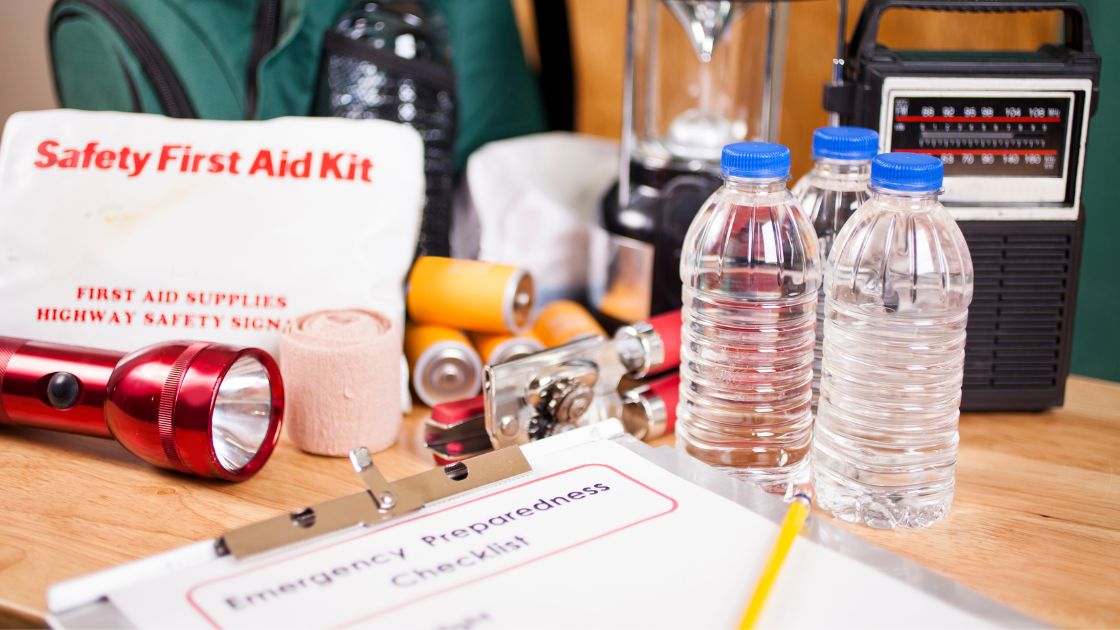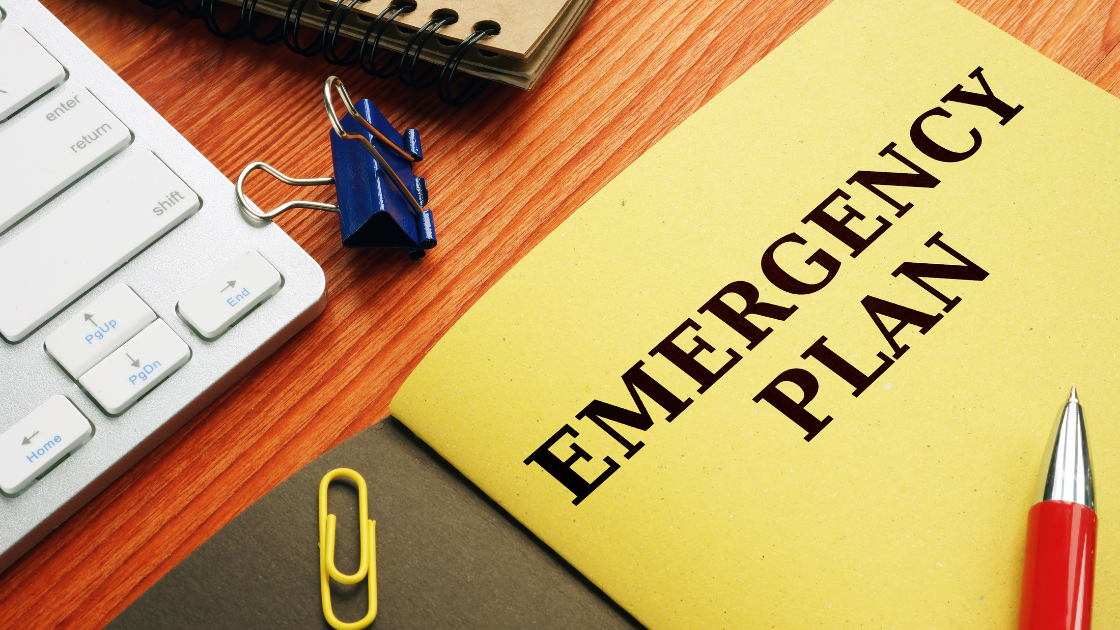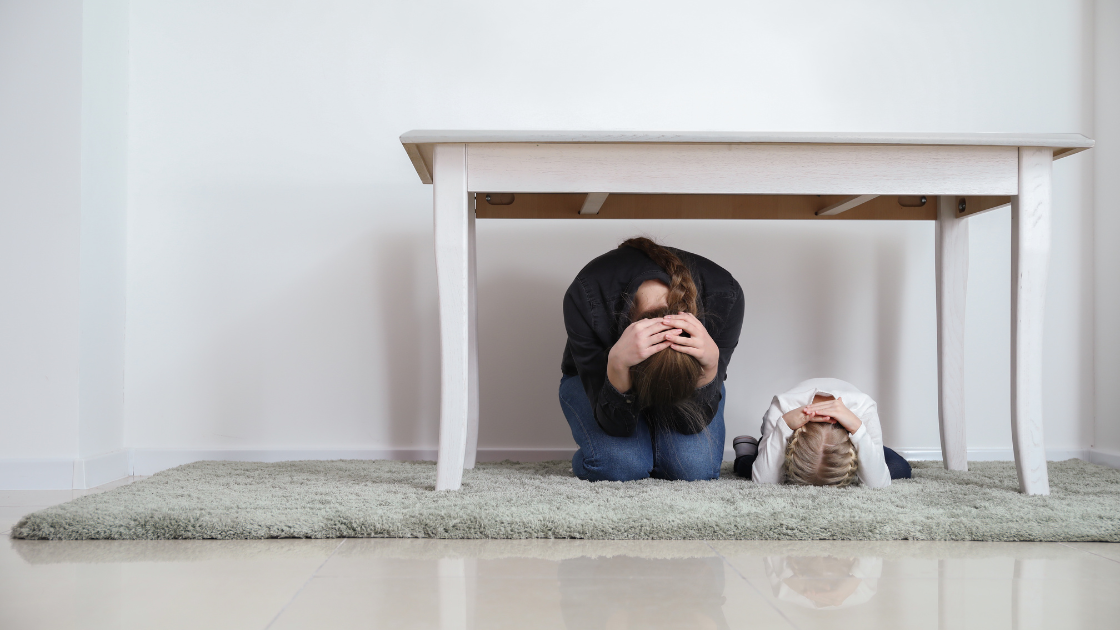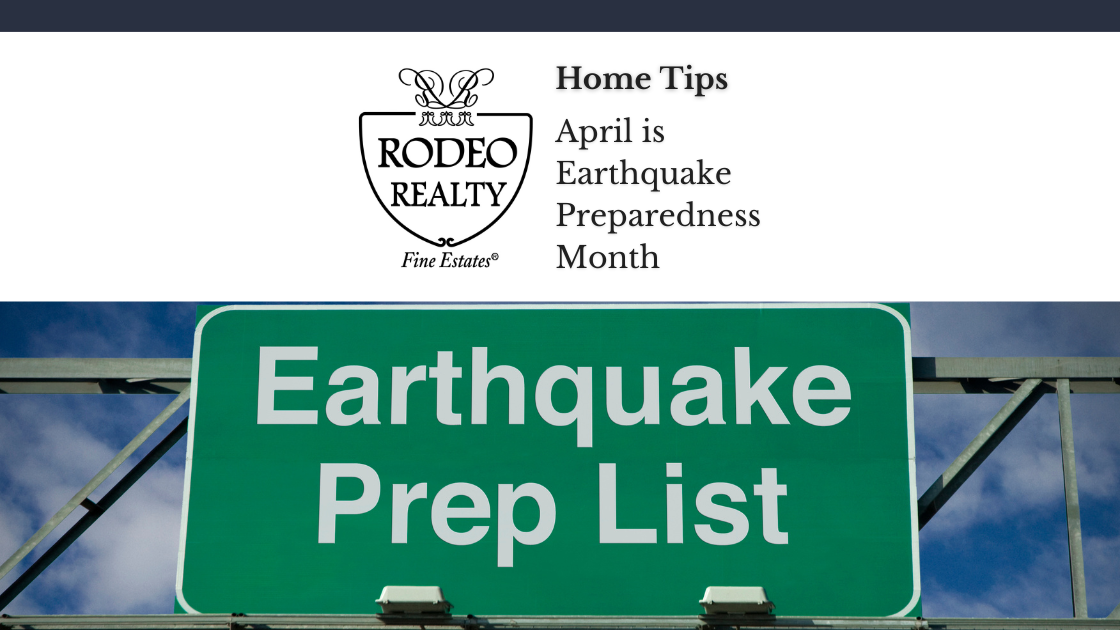With April being California’s Earthquake Preparedness Month, it’s the perfect time to make sure we’re ready to face any tremors that come our way. By taking the right precautions, we can minimize the risk to ourselves, our families, and our communities.
In this blog post, we’ll provide essential tips for earthquake preparedness, including securing your home, preparing an emergency kit, and creating a family plan. Let’s shake up our preparedness routines and ensure we’re ready to ride out the next big one.
Secure Your Home

The first step in earthquake preparedness is ensuring your home is as safe as possible. Start by:
- Anchoring heavy furniture to walls, such as bookcases, dressers, and appliances.
- Installing latches on cabinets to prevent items from falling out during an earthquake.
- Securing televisions, computers, and other electronics with straps or brackets.
- Storing heavy and breakable items on lower shelves to reduce the risk of injury.
- Retrofitting your home if it was built before the 1980s to better withstand shaking.
Prepare an Emergency Kit

In the event of an earthquake, having an emergency kit readily available can make a significant difference. Your kit should include:
- At least three days’ worth of non-perishable food and water for each person in your household.
- A first-aid kit with essential medications and prescription information.
- A battery-powered or hand-crank radio for receiving updates and instructions from authorities.
- A flashlight with extra batteries or a solar-powered alternative.
- A whistle to signal for help.
- A multi-tool or Swiss Army knife for various tasks.
- A supply of cash in small bills and coins.
- Copies of important documents, such as identification, insurance policies, and medical records.
Create a Family Plan

It’s crucial to have a plan in place before disaster strikes. Develop a family earthquake plan by:
- Designating a safe meeting spot outside your home, such as a nearby park or landmark.
- Identifying potential escape routes and safe places within your home.
- Establishing an out-of-state contact person who can relay information between family members if local communication is disrupted.
- Teaching children how to call 911 and when it’s appropriate to do so.
- Practicing “Drop, Cover, and Hold On” drills to ensure everyone knows what to do during an earthquake.
Stay Informed
Educate yourself about the earthquake hazards in your area, including the location of active fault lines and the history of seismic activity. Stay informed about the latest preparedness tips and guidelines by:
- Following credible sources such as the California Earthquake Authority (CEA), the United States Geological Survey (USGS), and your local government agencies.
- Participating in community events and workshops focused on earthquake preparedness.
- Sharing information and resources with neighbors, friends, and family.
Living in California means embracing the ever-present risk of earthquakes. But by taking the time to prepare for these natural events, we can mitigate their impact on our lives. This Earthquake Preparedness Month, take the opportunity to secure your home, create an emergency kit, develop a family plan, and stay informed. Together, we can ensure that when the earth shakes, we’re ready to roll with it.
